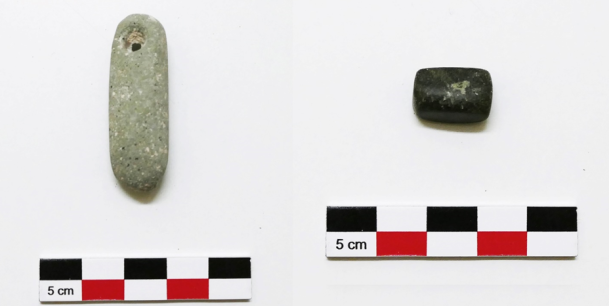Assistant Professor Mara Horowitz Explores the History of Cyprus
Through archaeological excavation, the project studies the transition from simple to complex societies roughly 4,000 years ago.
Anthropological archaeologist and Assistant Professor of Global Studies Mara Horowitz is the Director of the Kalavasos-Laroumena and Arkhangelos Archaeological Research Project (K-LAARP).
Their first season of excavations took place last summer on the island nation of Cyprus, located in the eastern Mediterranean Sea.
Excerpted from 2023 Seger Grant Report: The Middle Cypriot Hilltop Site at Kalavasos-Laroumena, Cyprus
The Kalavasos area is famous for its rich archaeological record and history of excavation. The K-LAARP project targets the poorly known Middle Cypriot (MC, c.2000-1650BC) period in the valley.
Our goal is to study the transition from simple to complex societies on Cyprus that may have originated with prestige competition and communal surplus storage among local families.
Laroumena is a clifftop promontory adjacent to a 60-hectare terrace complex above the Vasilikos River, with many MC surface finds indicating a large settlement.
Abundant surface finds of exceptionally large Red Polished storage jar fragments on Laroumena, also seen in our excavations, indicate significant storage capacity.

In future seasons we will work to determine the character and function of these features and how they may relate to the adjacent settlement’s social organization and economic basis. We are particularly interested in the possibility of public architecture and boundary walls of the type that mark the late MC at other sites.
K-LAARP is supported in part by the Joe D. Seger Grant.
